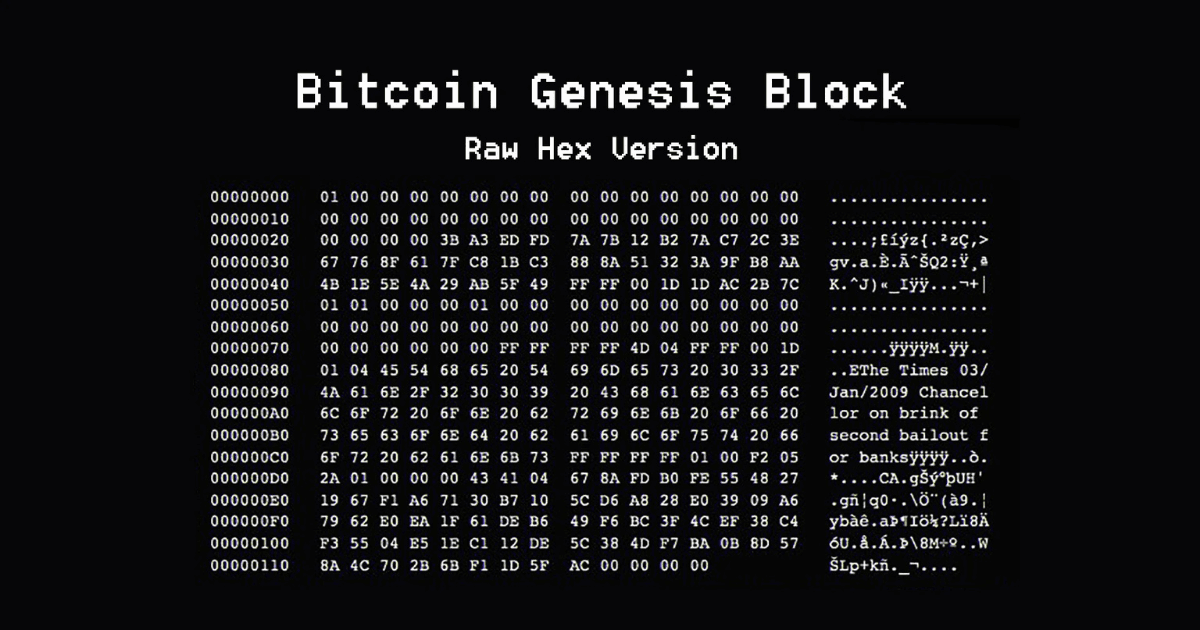Contact Us
If you're working on something real — let's talk.
Development & Integration
Blockchain Infrastructure & Tools
Ecosystem Growth & Support
© 2025 Lampros Tech. All Rights Reserved.
Published On Aug 19, 2025
Updated On Aug 19, 2025



Growth Lead
FAQs

Ethereum was designed as a general-purpose blockchain that allowed developers to run decentralised applications (dApps) and smart contracts on-chain, unlike Bitcoin, which focused mainly on peer-to-peer value transfer.

The DAO Hack exposed a critical vulnerability in one of the earliest smart contracts and forced the community to make its first major governance decision, whether to fork the network. It shaped Ethereum’s approach to security, auditing, and decentralised decision-making.

Ethereum transitioned from Proof of Work to Proof of Stake in September 2022 during “The Merge.” This reduced energy consumption by roughly 99% and laid the foundation for modular scaling via rollups and data sharding.

The rollup-centric roadmap refers to Ethereum’s plan to migrate transaction execution to Layer-2 networks (rollups), while using the base layer for settlement and security. This makes the network significantly more scalable without sacrificing decentralisation.

In 2025, Ethereum is evolving into a modular trust infrastructure. Through restaking (EigenLayer) and specialised Layer-3 networks, protocols can leverage Ethereum’s security to build application-specific chains, shared sequencing layers, and new governance models.